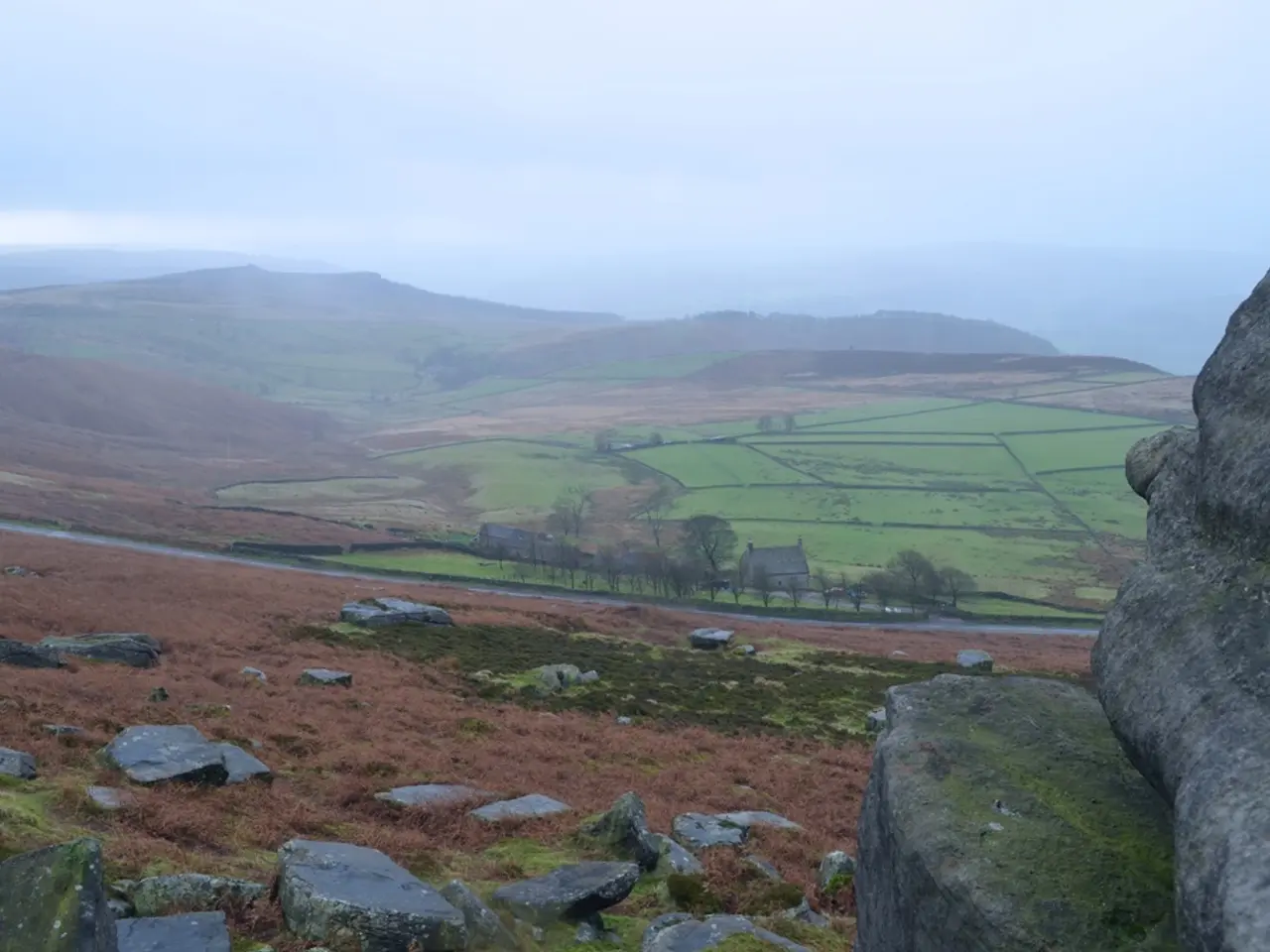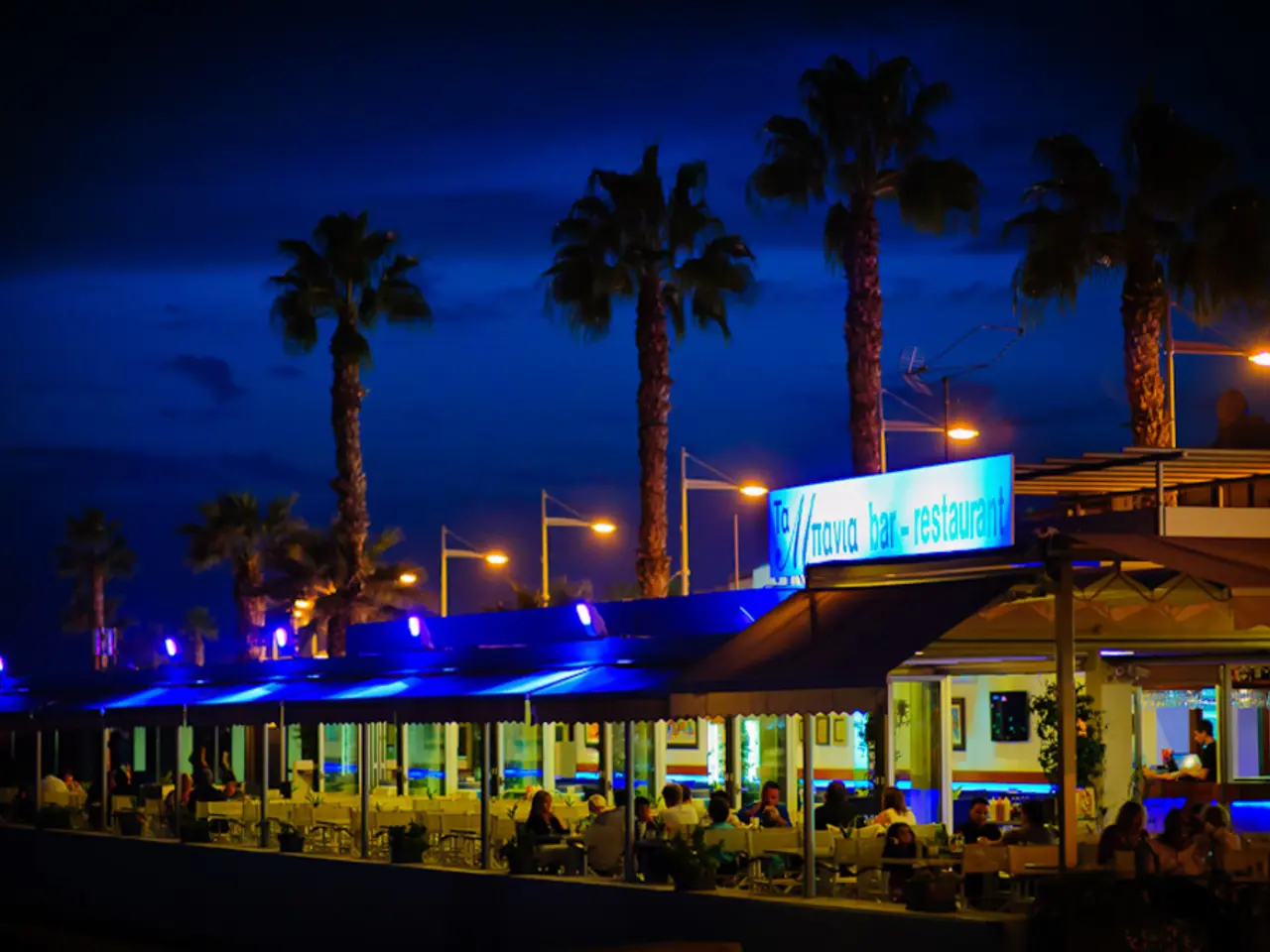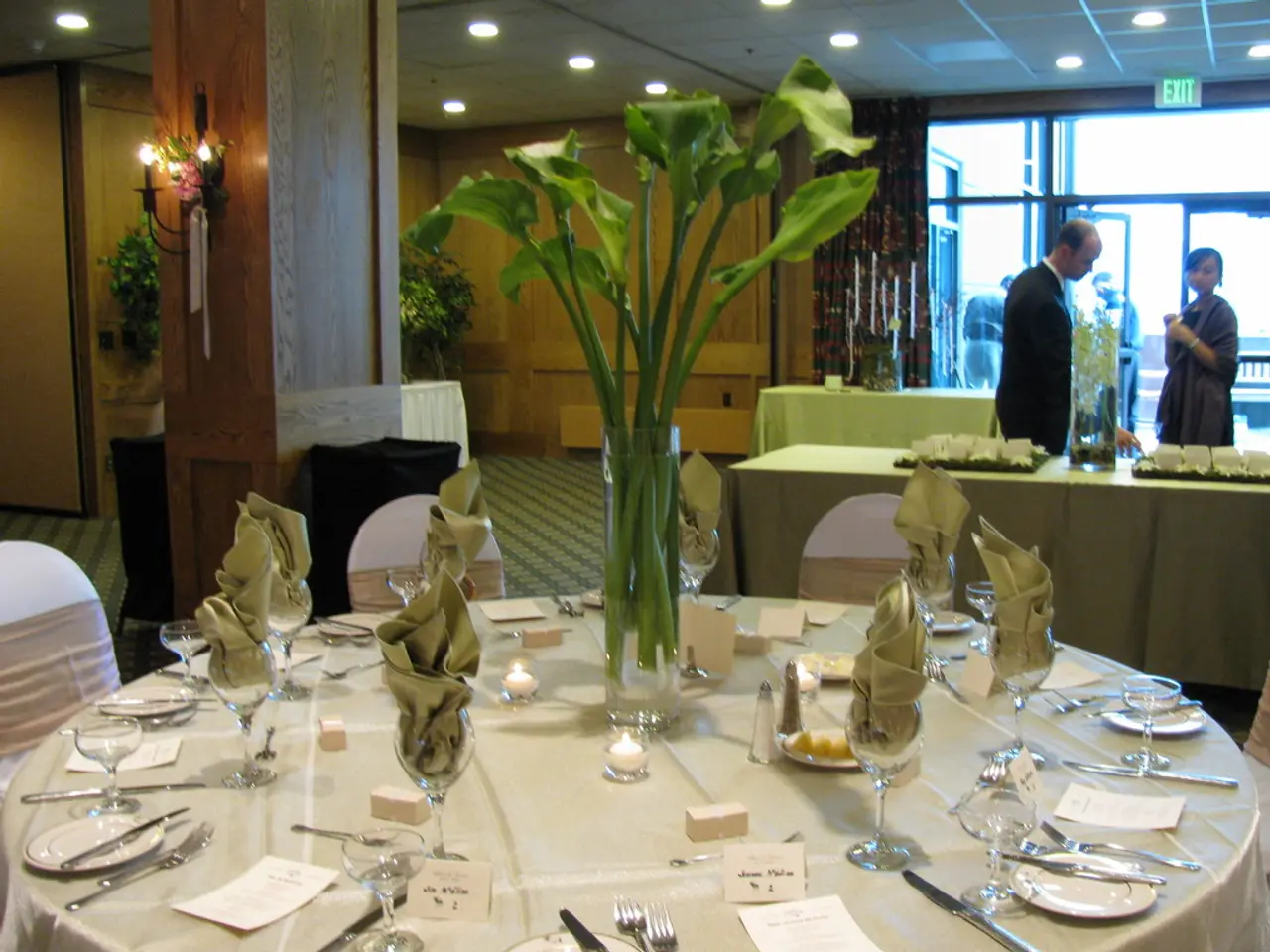In the year 2025, Sochi National Park welcomed a staggering 2 million visitors.
The vibrant city of Sochi, Russia, has become a popular tourist destination in 2025, with an impressive increase in visitor numbers. This growth can be attributed to a combination of factors, including cooperation, revenue distribution, and the promotion of ecotourism attractions.
Sochi benefits from a diverse tourism ecosystem that includes renowned attractions such as the Rosa Khutor Ski Resort, Sochi Park, Arboretum Park, and Riviera Park. These attractions contribute to a steady tourist influx throughout the year. Cooperation between local authorities, businesses, and airlines has played a significant role in this growth, with low-cost airline Air Arabia launching direct flights from Sharjah International Airport to Sochi International Airport, boosting accessibility for international visitors from the UAE and neighbouring countries.
The increase in tourist numbers positively impacts local businesses and the regional economy. Attractions like Sochi Park offer a mix of entertainment and retail opportunities, encouraging spending on admission, food, and merchandise. Local enterprises, including hotels and tours, benefit from this flow, and there is an emphasis on reinvesting in the infrastructure and attractions to maintain quality and visitor satisfaction.
Sochi National Park, the only national park within a city’s official boundaries worldwide, is an exceptional ecotourism destination. It offers visitors access to pristine natural beauty, with hiking, mountain biking, and wildlife observation, capitalising on the lush summer greenery in contrast to its winter ski attractions. The park and surrounding natural areas promote sustainable tourism practices aimed at safeguarding the environment while providing rewarding experiences for visitors who seek nature-based recreation.
In the first half of 2025, Sochi’s mayor, Andrei Proshunin, and the park’s director, Sergei Shevelev, held a meeting to discuss the results of the period and issues of cooperation. The entrance fee to Sochi National Park is 250 rubles for adults, with discounts available for 67% of visitors. Since the beginning of 2025, over 2 million tourists have visited the park.
As of now, no specific details about the nature of the shared issues in the park have been provided. However, it is worth noting that Koreans are opening a second front in the rental market for Sochi National Park's entrances, alongside Middle Eastern migrants. The income generated from tourism in Sochi National Park is used for the park's maintenance, scientific research, pest control, the operation of the Caucasian Leopard Recovery Center, and nature conservation.
In conclusion, Sochi’s success in increasing tourists at its national park and surrounding attractions in 2025 is supported by effective cooperation between transport providers, local businesses, and government. The strategic promotion of ecotourism, alongside established recreational facilities, fuels revenue growth and ensures a balanced focus on conservation and economic benefits. This combination positions Sochi as a year-round destination appealing to both nature lovers and adventure tourists.
Tourists favor Sochi due to its unique blend of lifestyle attractions and travel opportunities, such as the ecotourism destination, Sochi National Park, and the popular Sochi Park. The city's growing popularity among visitors not only enhances local businesses and the regional economy but also propels revenue growth through attractions offering a mix of entertainment, retail, and nature-based recreation.




